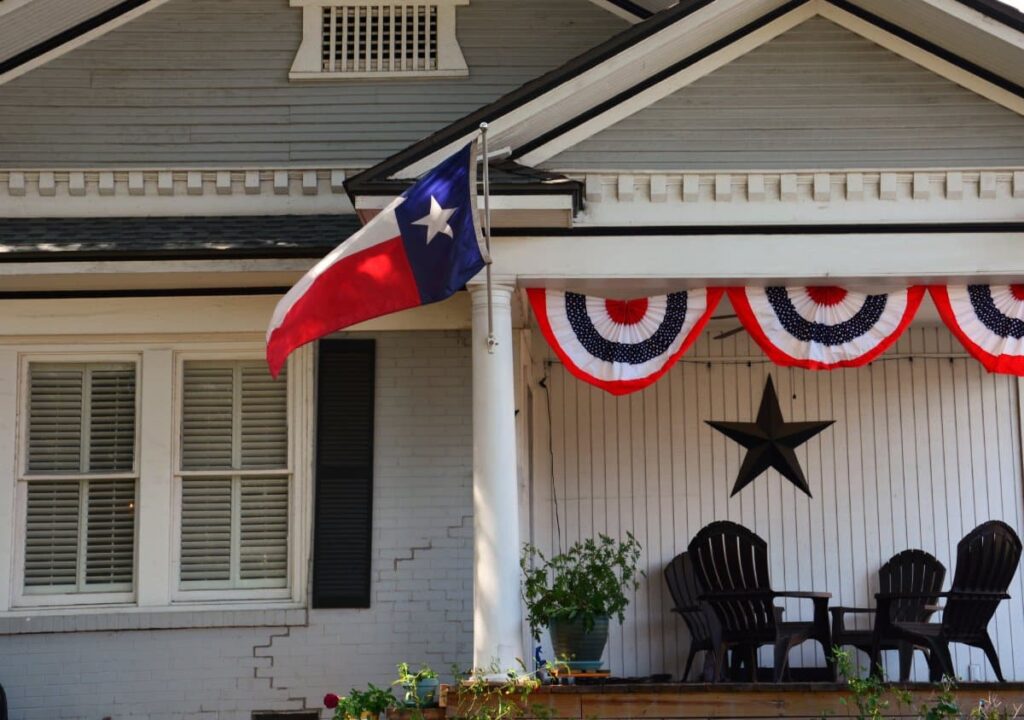
Recent Articles
Hawaii, often envisioned as a paradise, is seeing a significant number of its residents decide to relocate. Here are 19[..]
If you’re one of the hundreds of millions who shop at Walmart every week, you may be entitled to a[..]
A new report has shed light on the staggering discrepancy in lifetime tax burdens between different US states. But which[..]
California motorists will need to brace themselves – gas prices are predicted to climb again in the coming months, as[..]
A recent report by WalletHub has revealed the states in which people are struggling the most financially. Here are their[..]
Pennsylvania, steeped in history and tradition, is facing a notable trend of residents relocating elsewhere. Here’s a closer look at[..]
Louisiana, with its deep cultural roots and vibrant communities, is witnessing a growing trend of residents moving away. What’s behind[..]
Illinois, known for its vibrant culture and rich history, has seen a significant number of residents moving away. Why are[..]
New Jersey might not have the glitz of NYC, but it sure does make more sense for a lot of[..]
TRENDING NOW
The U.S. is poised on the brink of a major labor shift. The Biden administration is set to unveil a rule that could transform how gig economy workers are classified, impacting millions and stirring up a mix of reactions across various industries. A Groundbreaking Rule The Biden administration is about[..]
TRENDING NOW
YOUR MONEY,
CAREER & EDUCATION,
BETTER LIVING,
INVESTING
Whether you’re looking to invest smarter, save better, or simply stay in the know about money matters, we’ve got you covered. Join our community of savvy individuals and let’s journey together towards financial success and a brighter future.
With Wealthy Living by your side, achieving your financial goals has never been easier. wealth


ABOUT US
At Wealthy Living, we’re all about making money management and wealth growth a breeze. We provide practical advice, insightful tips, and the latest trends in personal finance, all delivered in a friendly and approachable way.
Whether you’re looking to invest smarter, save better, or simply stay in the know about money matters, we’ve got you covered. Join our community of savvy individuals and let’s journey together towards financial success and a brighter future.
With Wealthy Living by your side, achieving your financial goals has never been easier.

























